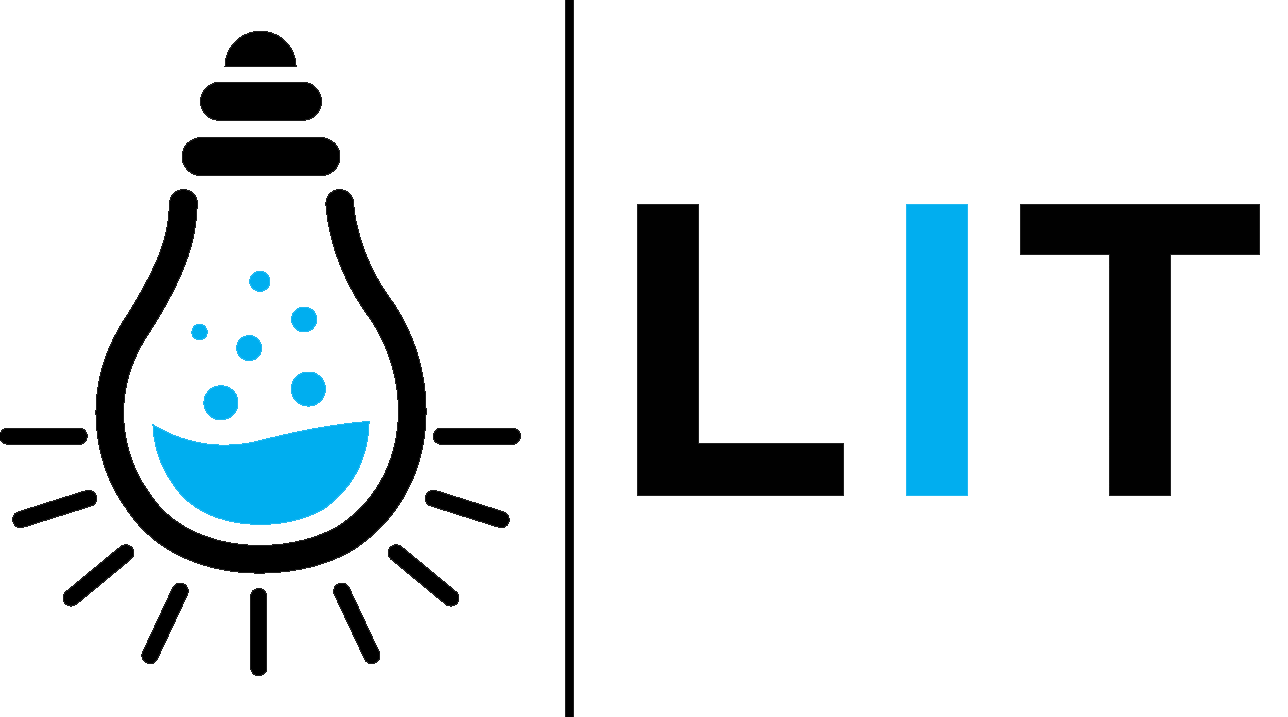Collaboration is increasingly listed as a common factor in many frameworks of 21st Century Skills that highlight how classrooms and workplaces will differ from their traditional models due to deluges of digital data from information and communications technologies. Likewise, computational thinking has been deemed an essential set of skills and attitudes that are now central to all science, technology, engineering, and mathematical (STEM) disciplines as well as computer science. The ability to rapidly assess and evaluate collaborative computational thinking tasks can facilitate instruction that aligns with these important aspects of modern learning environments.
Multi-modal learning analytics utilizing multiple sensor technologies and machine learning techniques can offer insights into student learning in complex, open-ended scenarios such as computer programming, robotics, and problem-based learning. These methods allow researchers and educators to conduct quantitative research without necessarily losing the richness of open-ended, constructionist activities. These techniques are intended to be scalable and help implement better instruction by generating formative feedback, visualizing performance, and increasing the salience of important information for instructors.
This project focuses on measuring the quality of collaboration by analyzing participant movement and correlating a variety of measures with task performance and a coding scheme for assessing collaboration quality in dyads.


Team Members
Joseph Reilly, Chris Rohlicek, Iulian Radu, Bertrand Schneider
Publications
Reilly, J, Ravel, M., & Schneider, B (accepted). Assessing Collaboration Using Motion Sensors and Multi- Modal Learning Analytics. 11th International Conference on Educational Data Mining.
